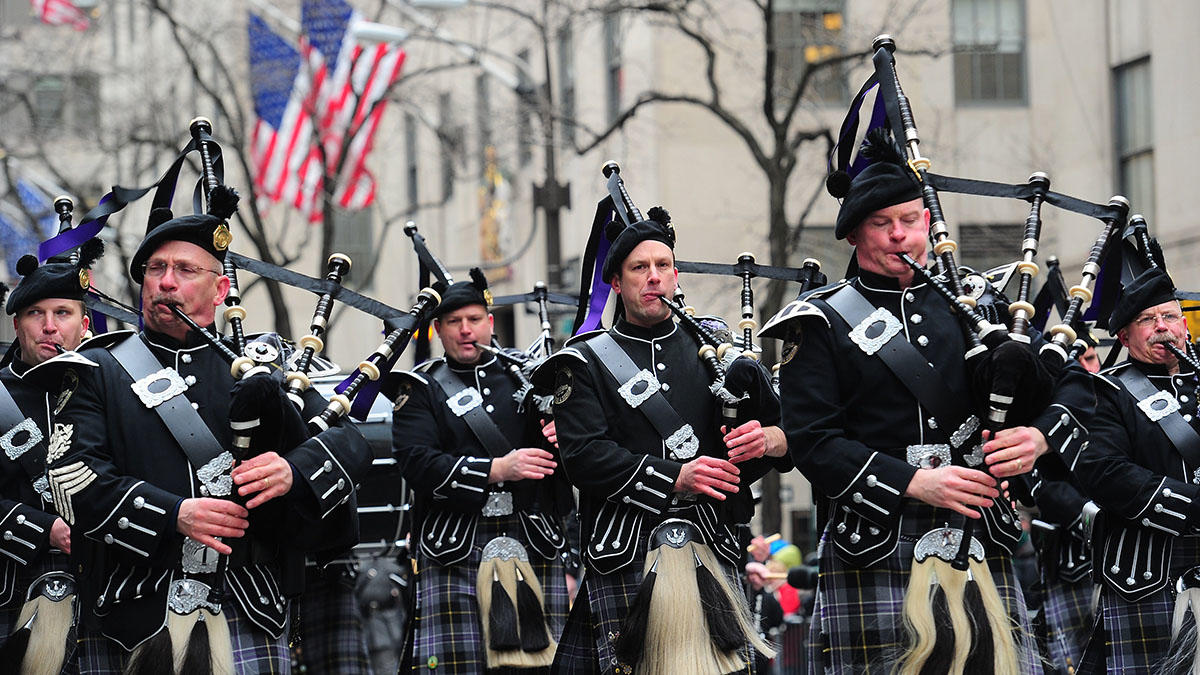Story by Larissa Ciafullo
The modern St. Patrick’s Day celebrations that will take place today, at least in the United States, will likely be characterized by commercial lucky charms and green beer; all of which has very little to do with the historical figure of the saint. As it turns out, it took centuries for the holiday to accrue the elements that now seem crucial to its celebrations.
According to TIME, the March 17 celebration started in 1631 when the Church established a Feast Day honoring St. Patrick. He had been Patron Saint of Ireland who had died around the fifth century, which is 12 centuries before the modern version of the holiday was first observed. In fact, St. Patrick is not even Irish.
He was born in Britain around 390 A.D. to an aristocratic Christian family that owned a townhouse, a country villa, and plenty of slaves. What’s more, Patrick professed no interest in Christianity as a young boy. At 16, Patrick’s world was turned upside down: He was kidnapped and sent overseas to tend sheep as a slave for seven years in the chilly, mountainous countryside of Ireland.
He was either escaped or was released, and returned to Britain. He then became a priest and went back to Ireland, where he had a lot of luck converting the Druid culture into Christians. And that supposed luck of his is the root of all the themed merchandise for modern St. Patrick’s Day.
It wasn’t until the early 18th century that many of today’s traditions were kicked into high gear. Since the holiday falls during Lent, it provides Christians a day off from the prescriptions of abstinence leading up to Easter. It was to remind celebrants what the holiday actually stood for that the church first associated a botanical item (which is customary for all saints) with St. Patrick, assigning him the symbol of the likewise lucky shamrock.
Modern day celebrations and themes continued to take shape during the rest of the 1700s. The world’s first ever St. Patrick’s Day parade took place on March 17, 1762, Irish soldiers serving in the English military marched through New York City. Along with their music, the parade helped the soldiers reconnect with their Irish roots, as well as with fellow Irishmen serving in the English army, according to History.com.
It wasn’t until 1798, the year of the Irish Rebellion, that the color green became officially associated with the day reported TIME. Up until the rebellion, the color associated with St. Patrick was blue, as it was featured both in the royal court and on ancient Irish flags. But as the British wore red, the Irish chose to wear green, and they sang the song “The Wearing of the Green” during the rebellion, cementing the color’s relevance in Irish history.
As for the green beer, that’s an even later addition. In fact, it wasn’t until the late 20th century that Ireland repealed a law that initially kept everything(pubs included) shut down for the day. Since then, thanks to a marketing push from Budweiser in the 1980s, drinking beer has become a common way to celebrate, regardless of how closely it’s tied to the actually meaning of St. Patrick himself.
Today, people of all backgrounds celebrate St. Patrick’s Day, especially throughout the United States, Canada and Australia. Although North America is home to the largest productions, St. Patrick’s Day is celebrated in many other locations far from Ireland, including Japan, Singapore and Russia.















